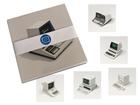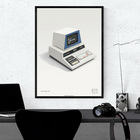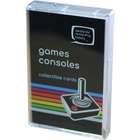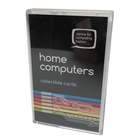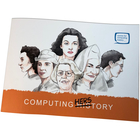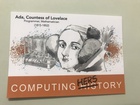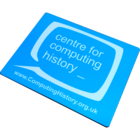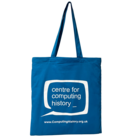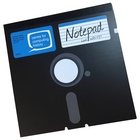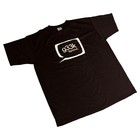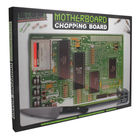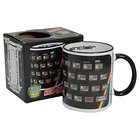Digital Professional 350-D
| Home > Browse Our Collection > Computers > Digital DEC > Digital Professional 350-D |
|
The Professional 325 (PRO-325) and Professional 350 (PRO-350) were PDP-11 compatible microcomputers introduced in 1982 by Digital Equipment Corporation (DEC) as high-end competitors to the IBM PC. Like the cosmetically similar Rainbow-100 and DECmate-II (also introduced at that time), they used the LK201 keyboard and used 400kB single-sided quad-density floppy disk drives (known as RX50 and offered a choice of colour or monochrome monitors. Manufacturer: Digital Comment on This Page Other Systems Related To Digital Professional 350-D:
This exhibit has a reference ID of CH30305. Please quote this reference ID in any communication with the Centre for Computing History. |
|



